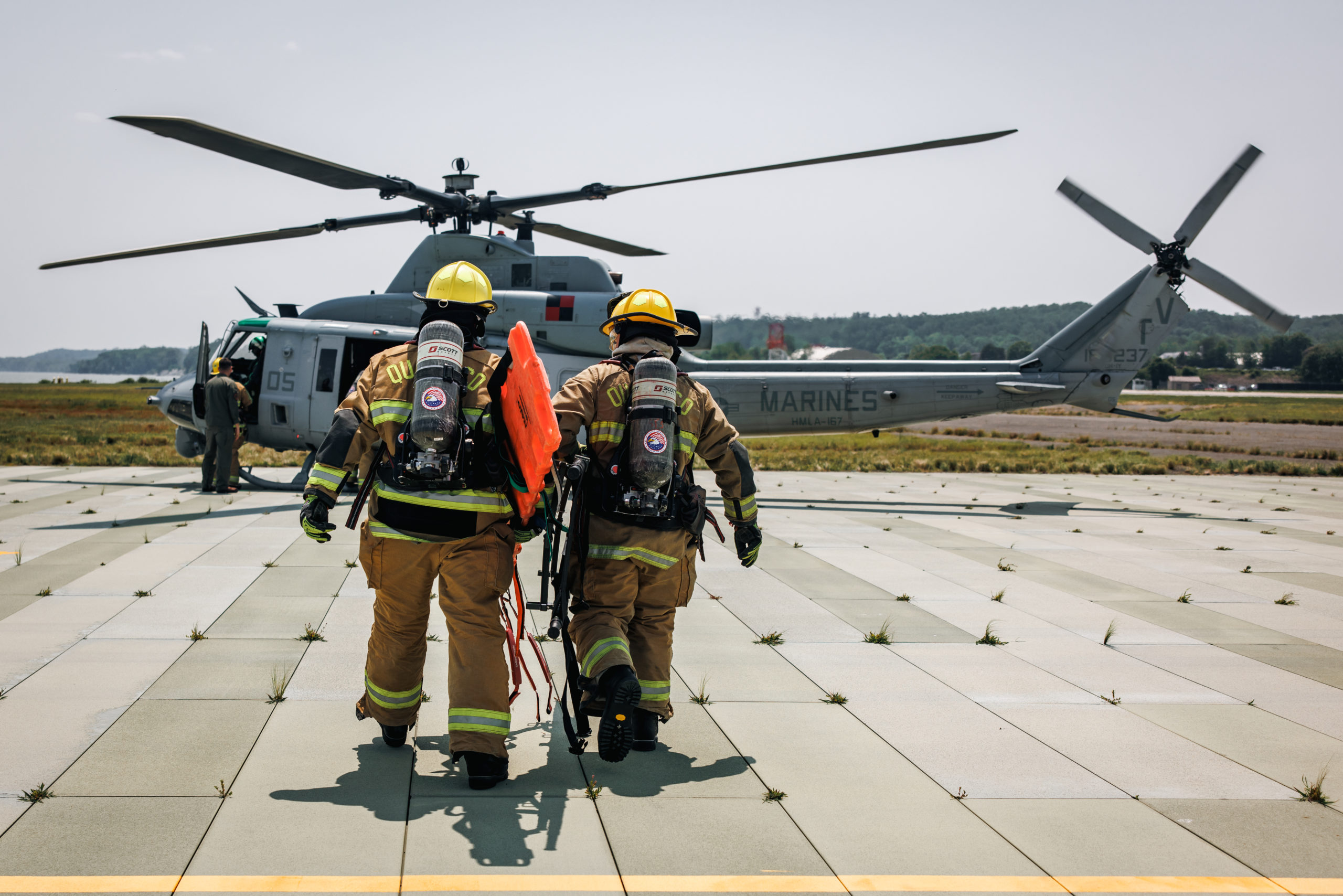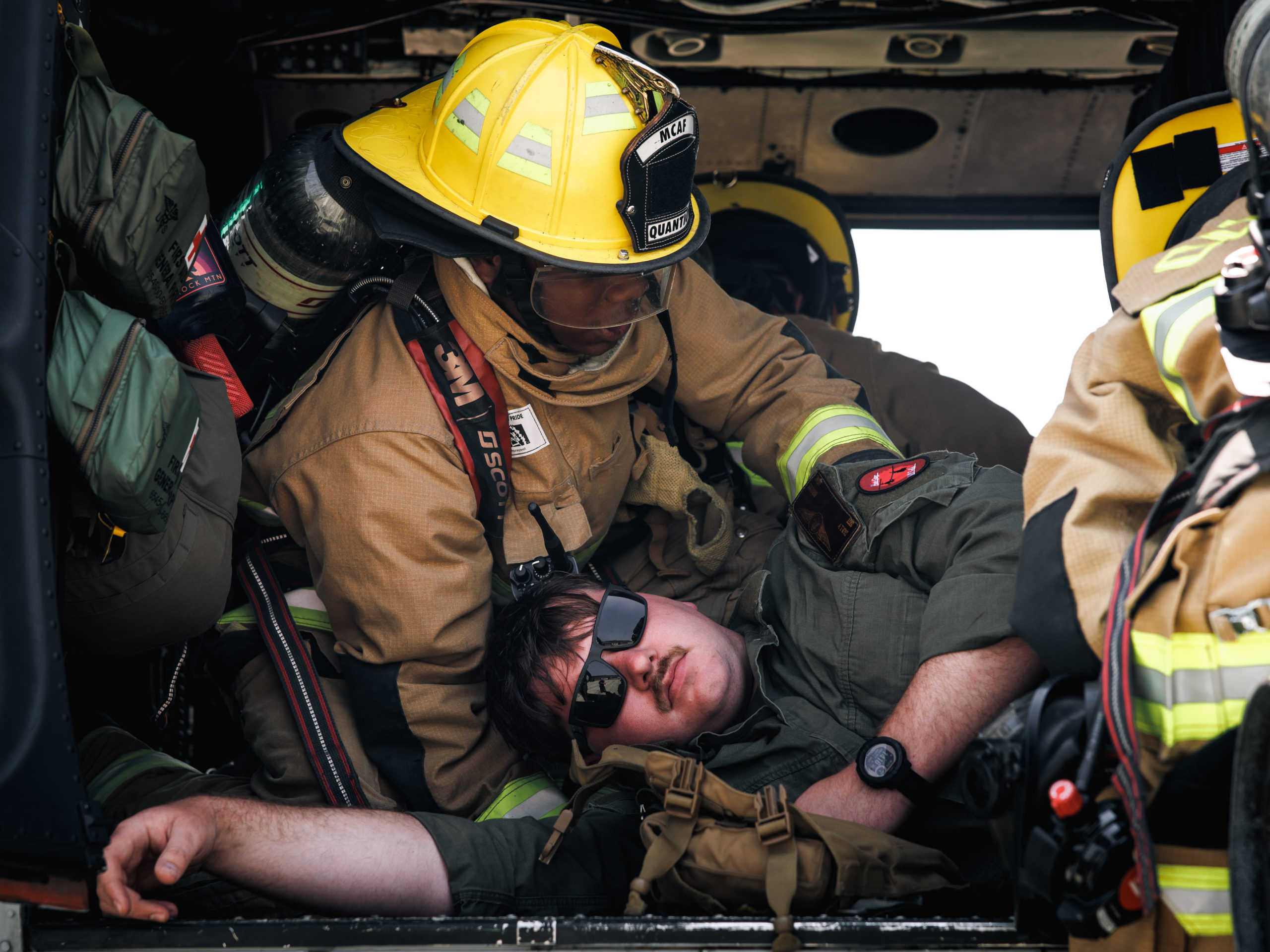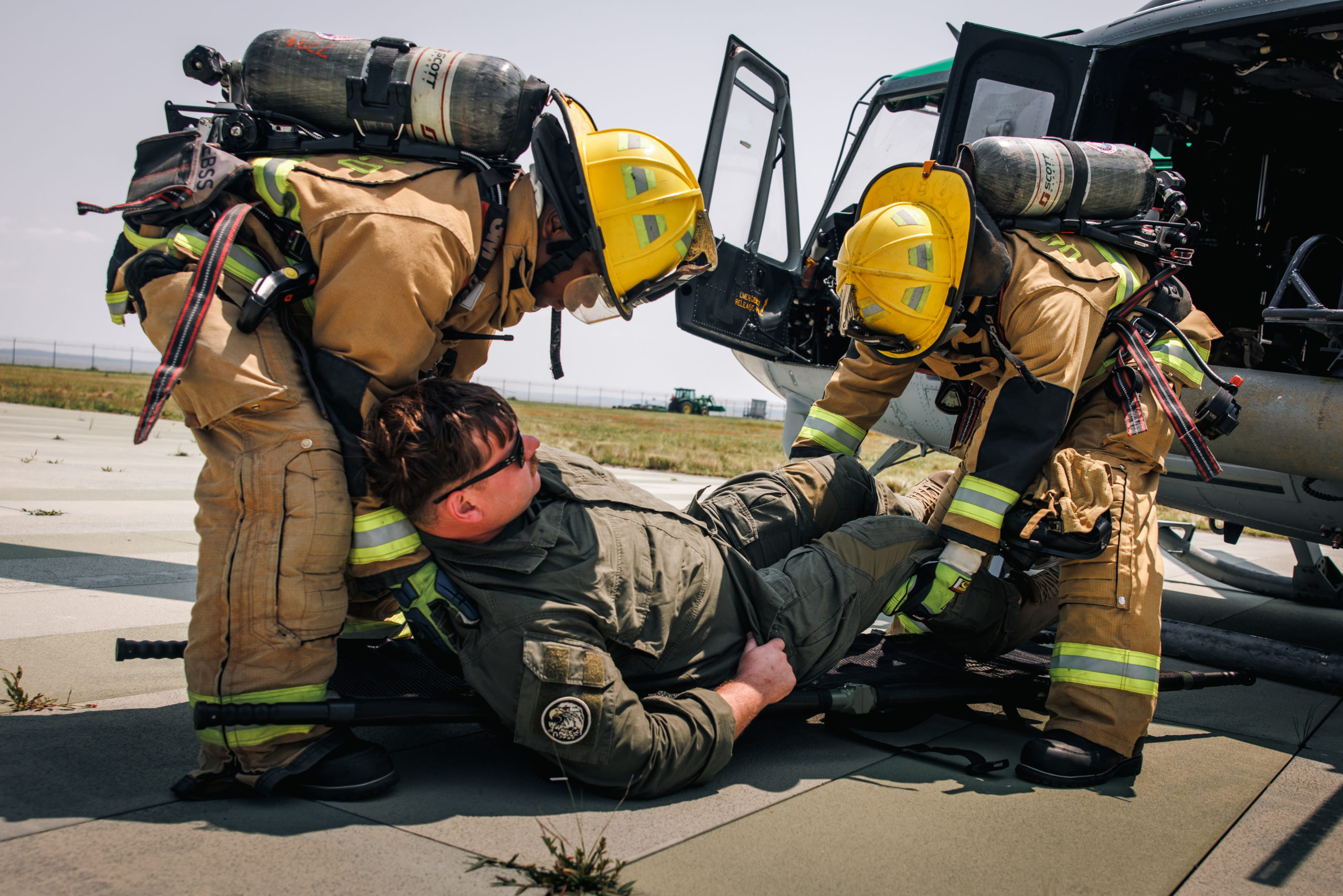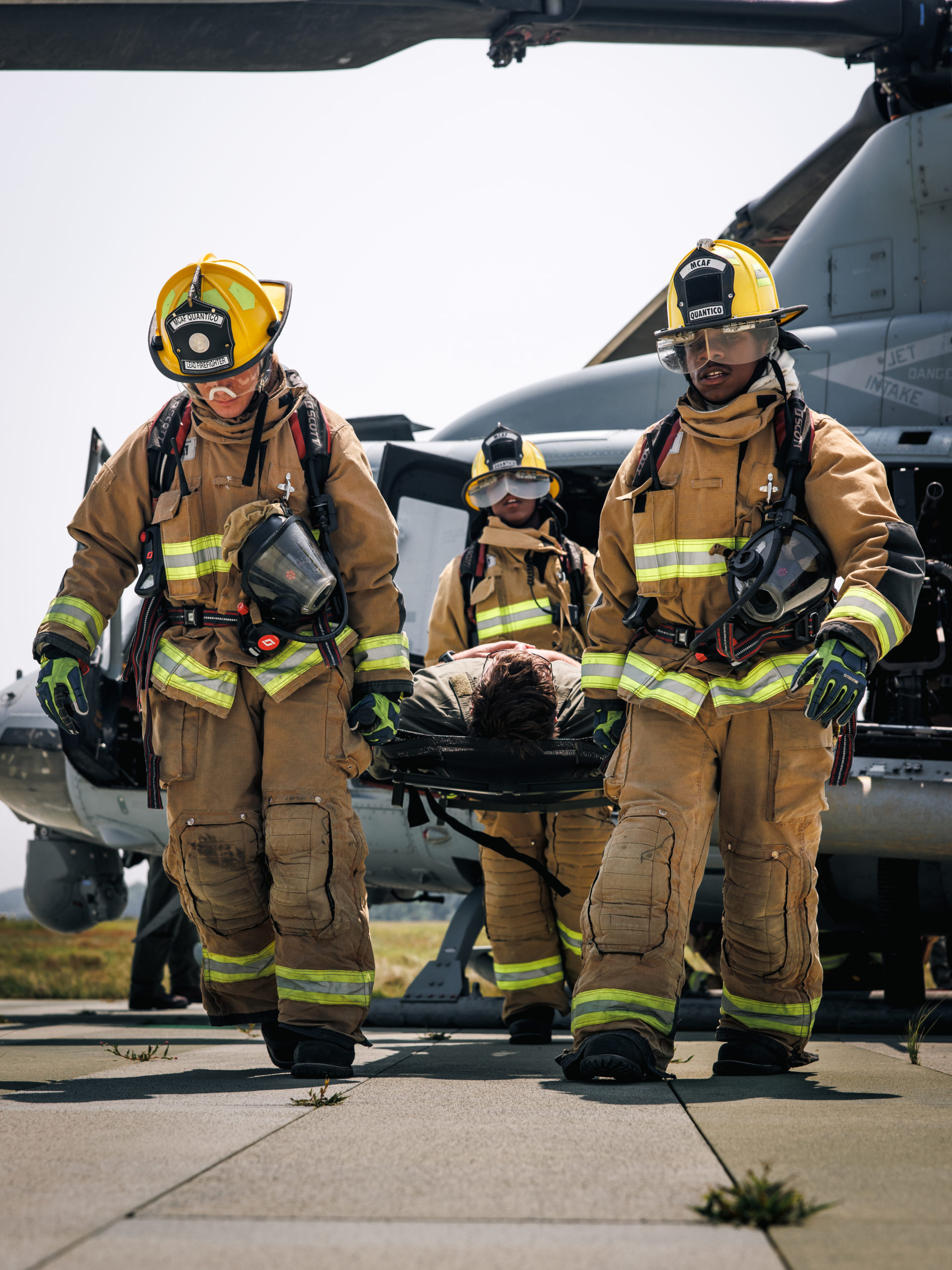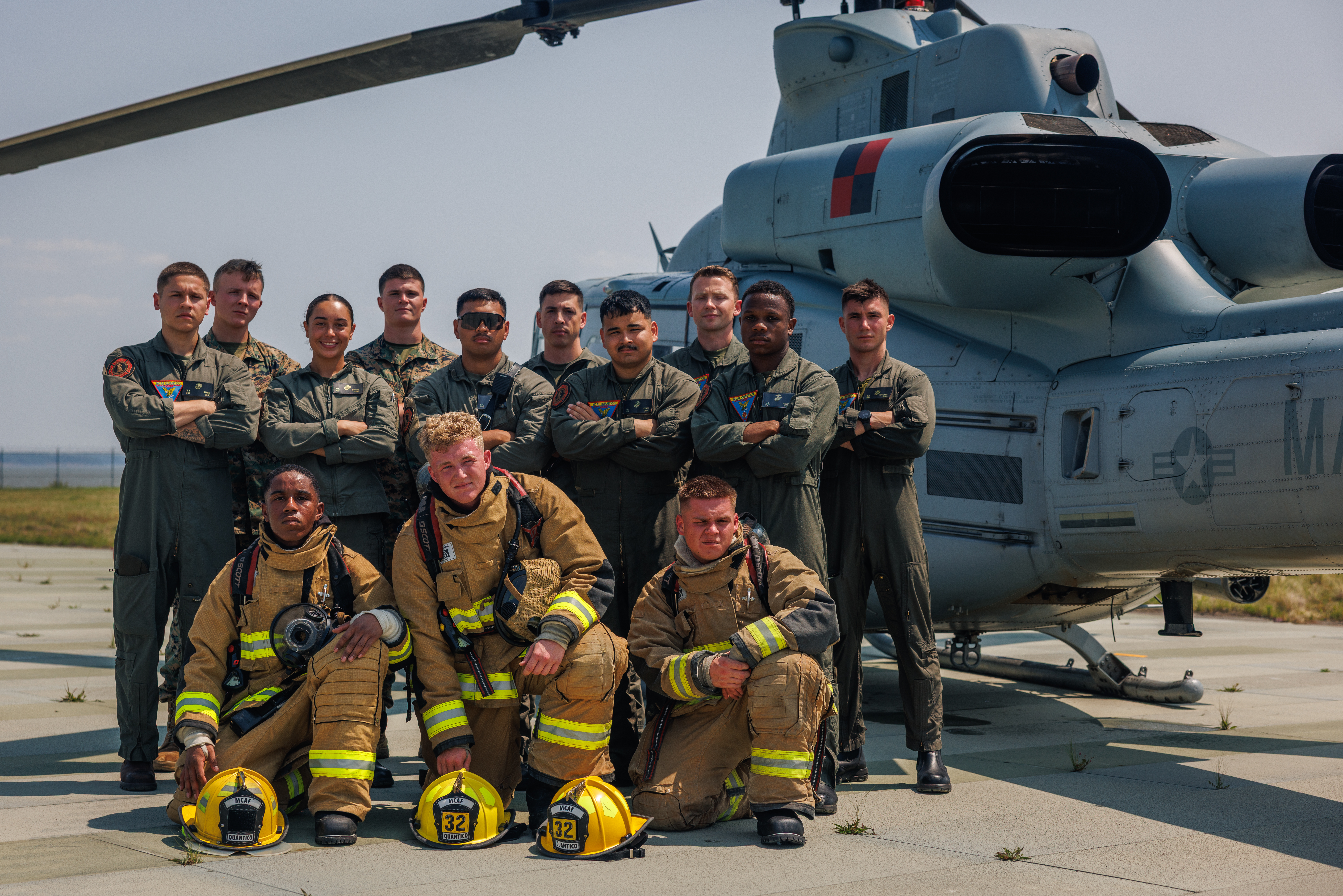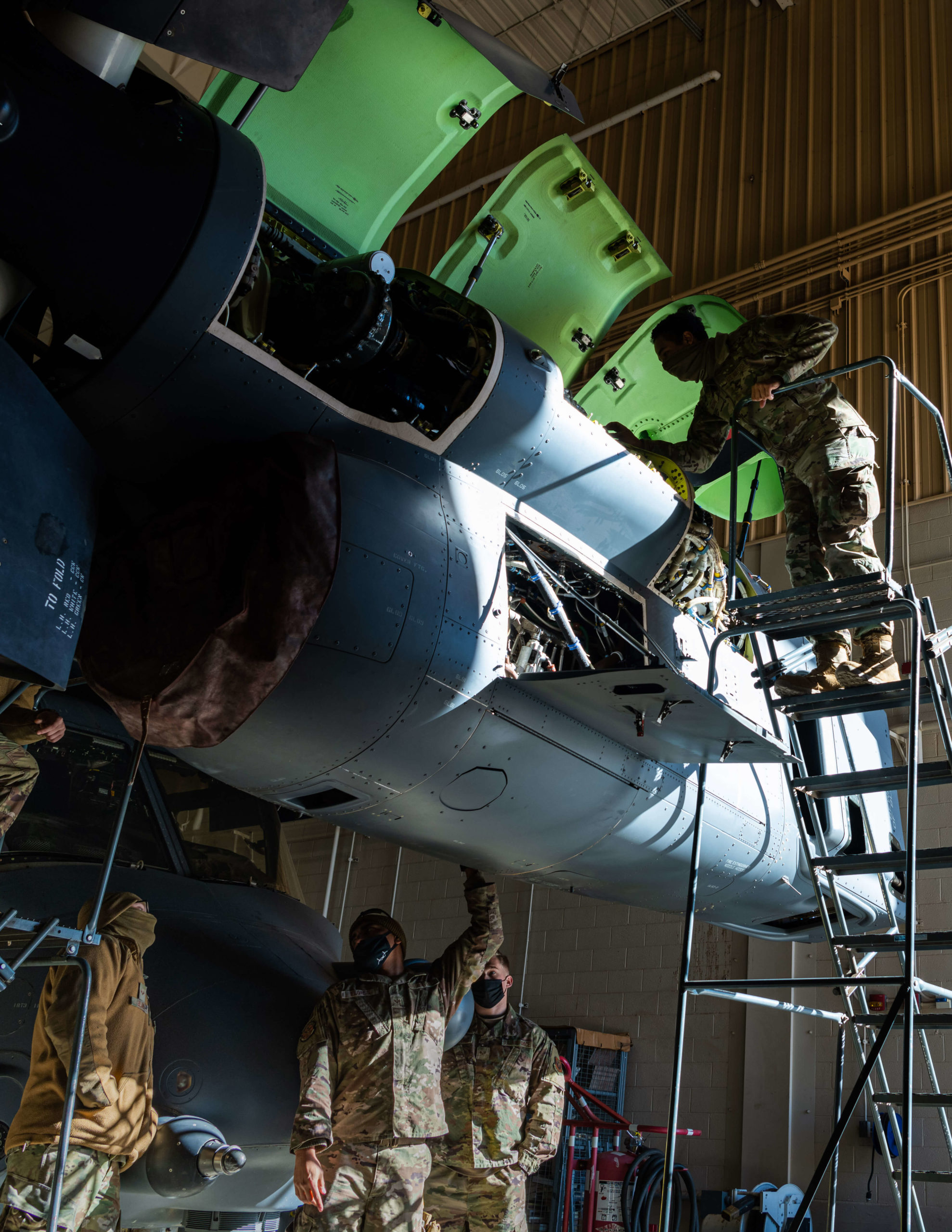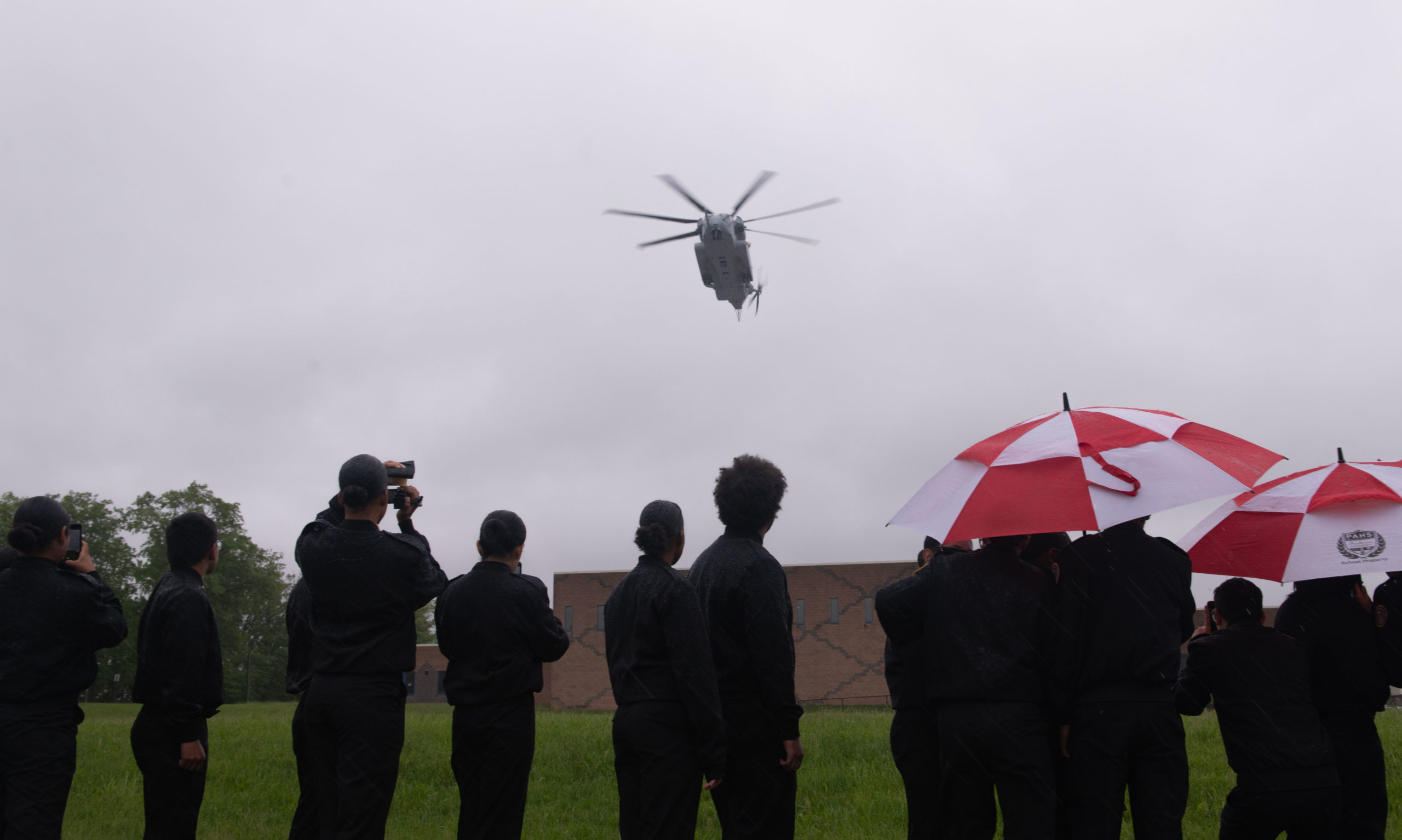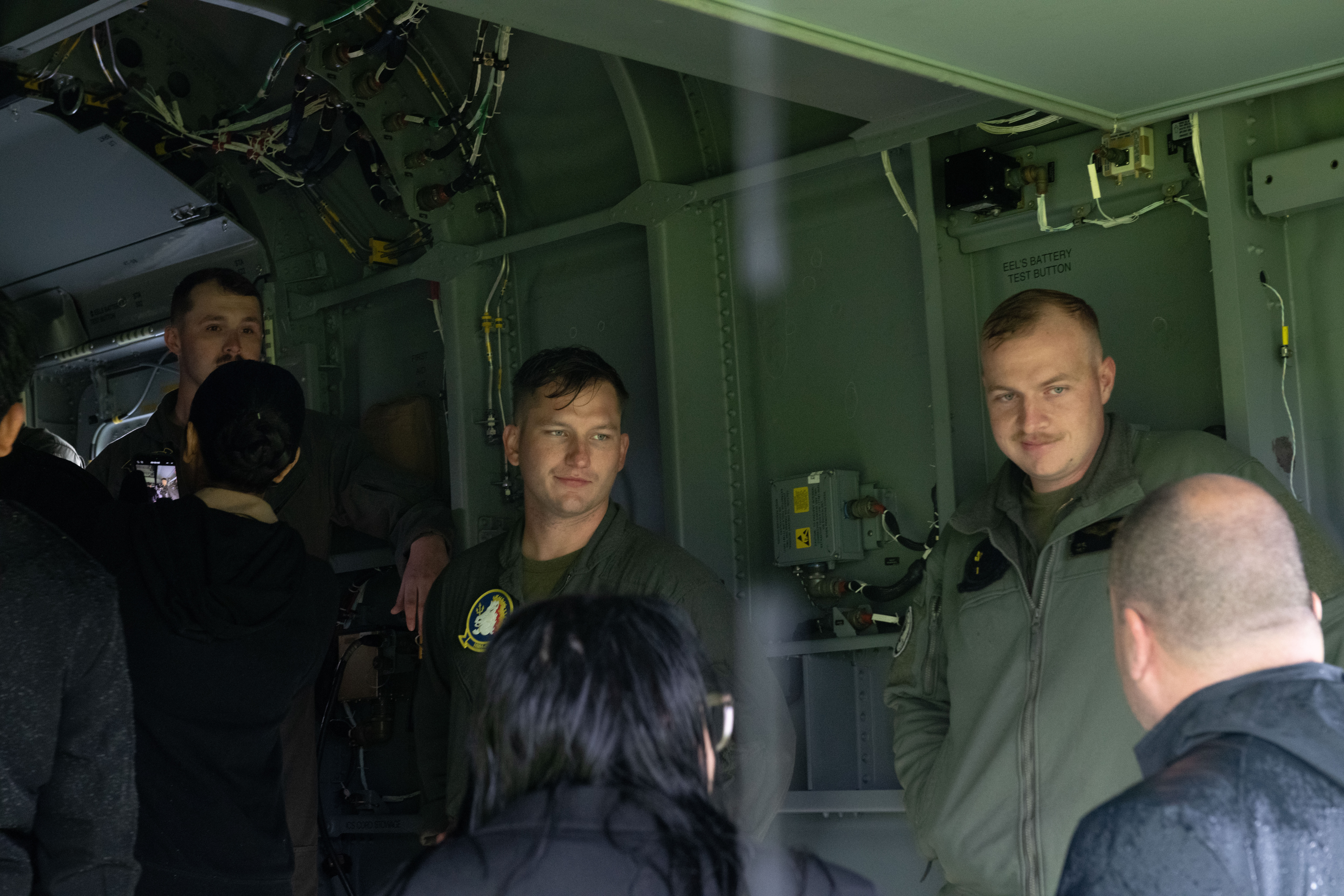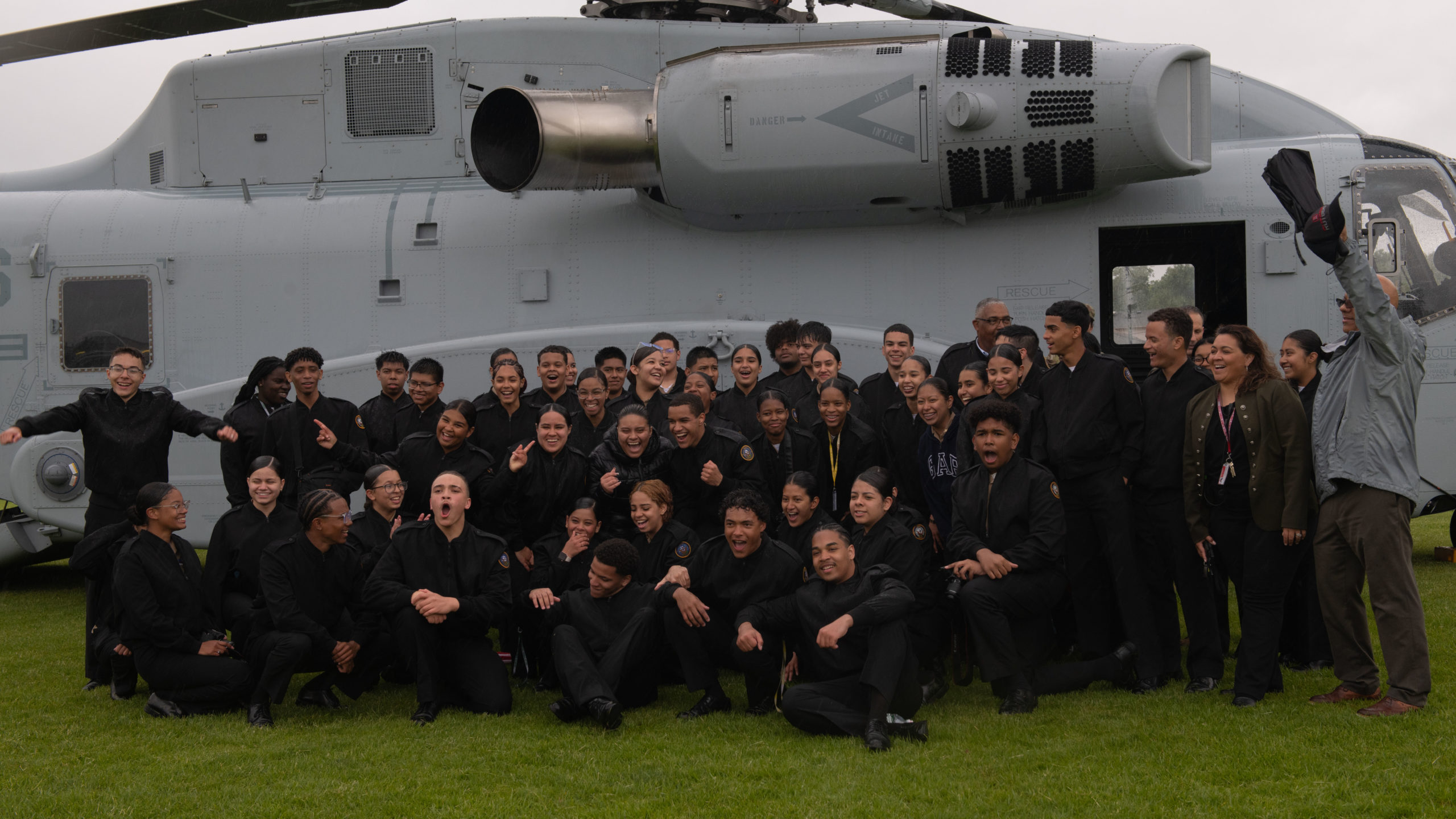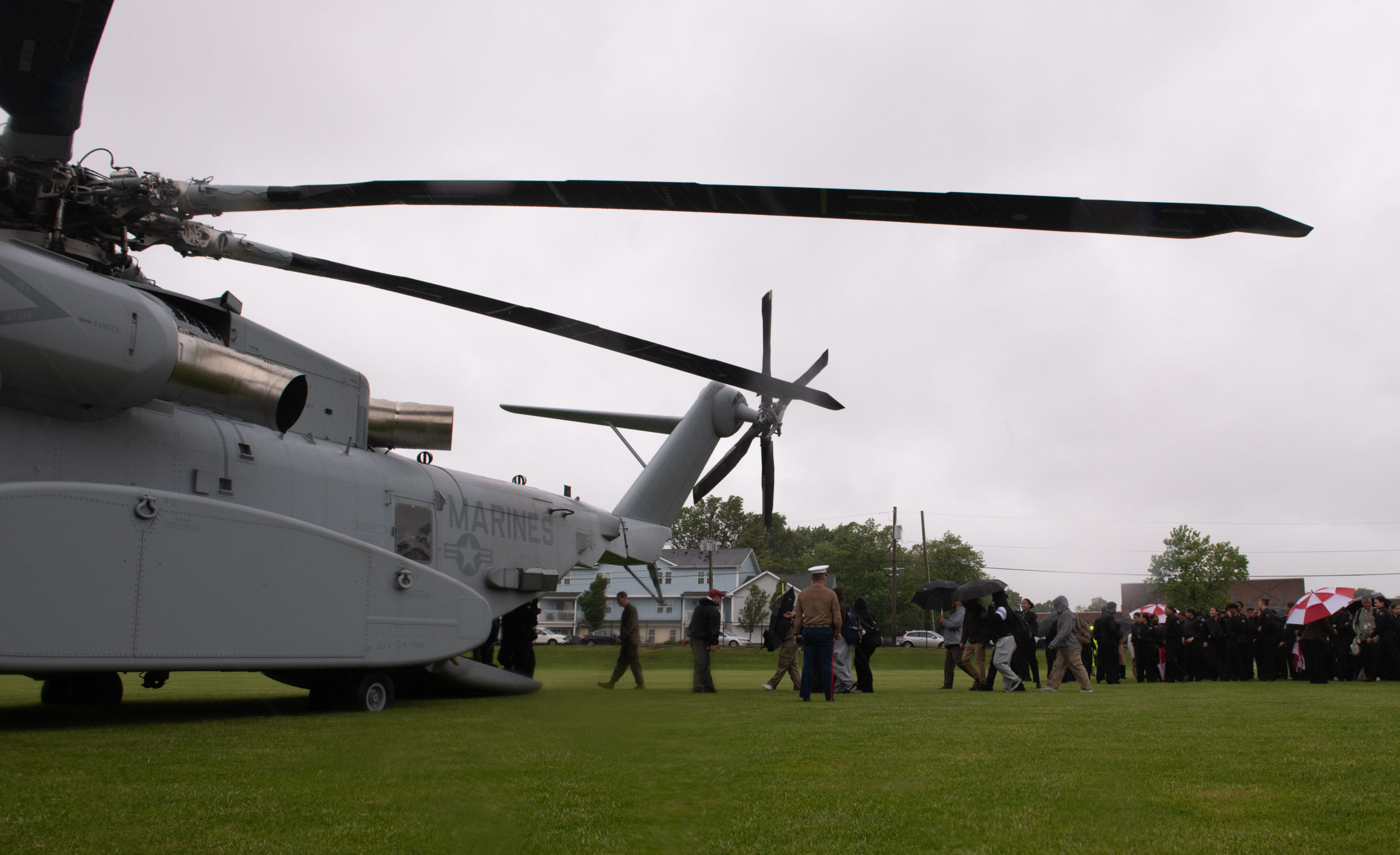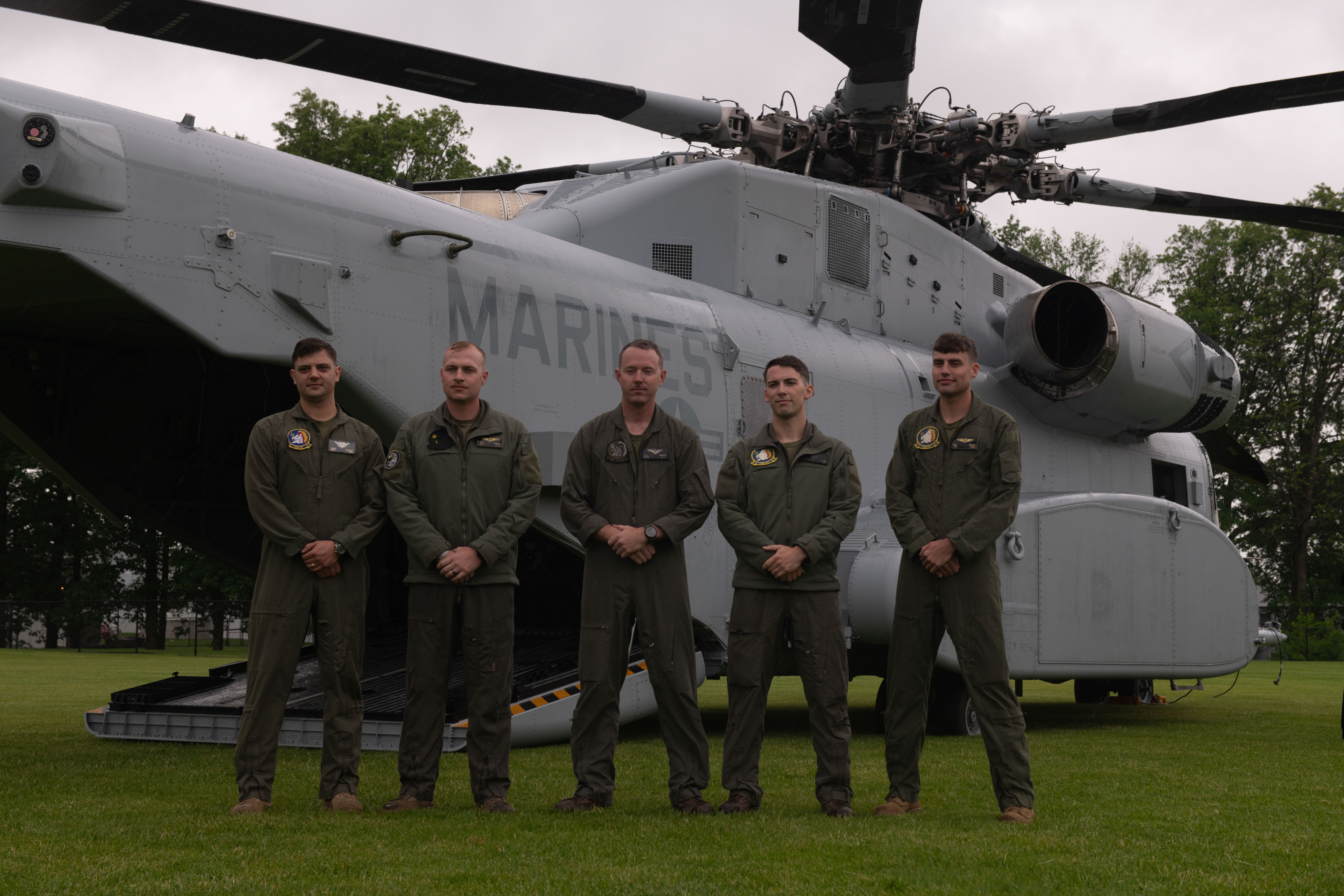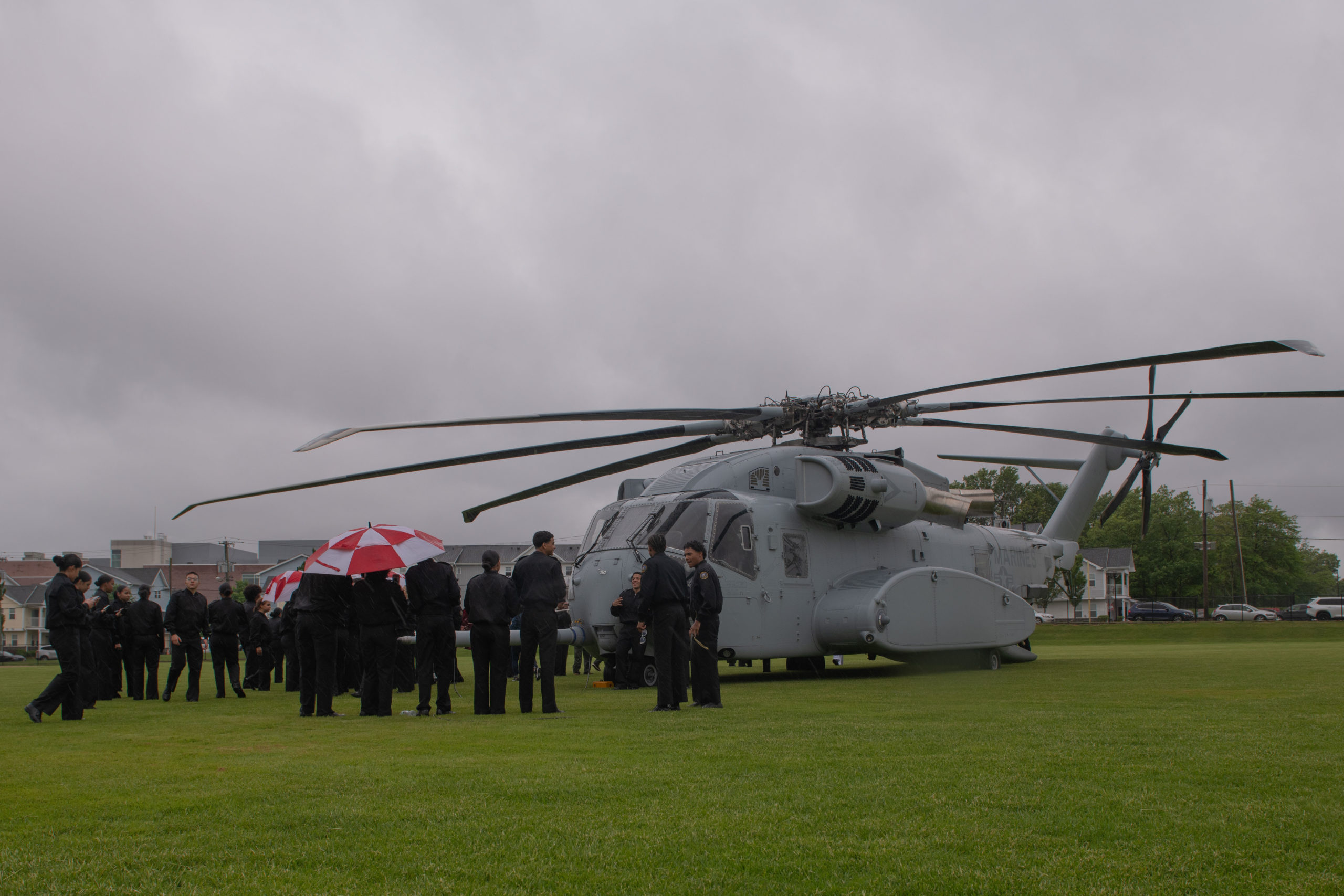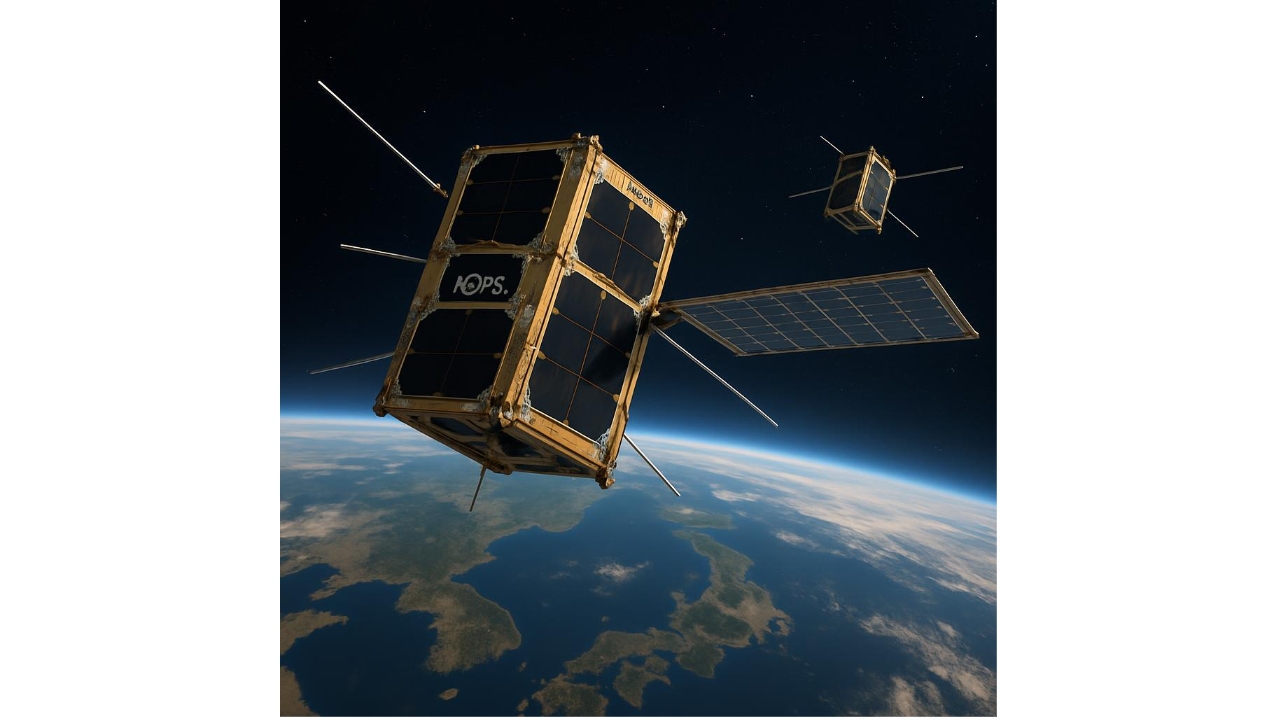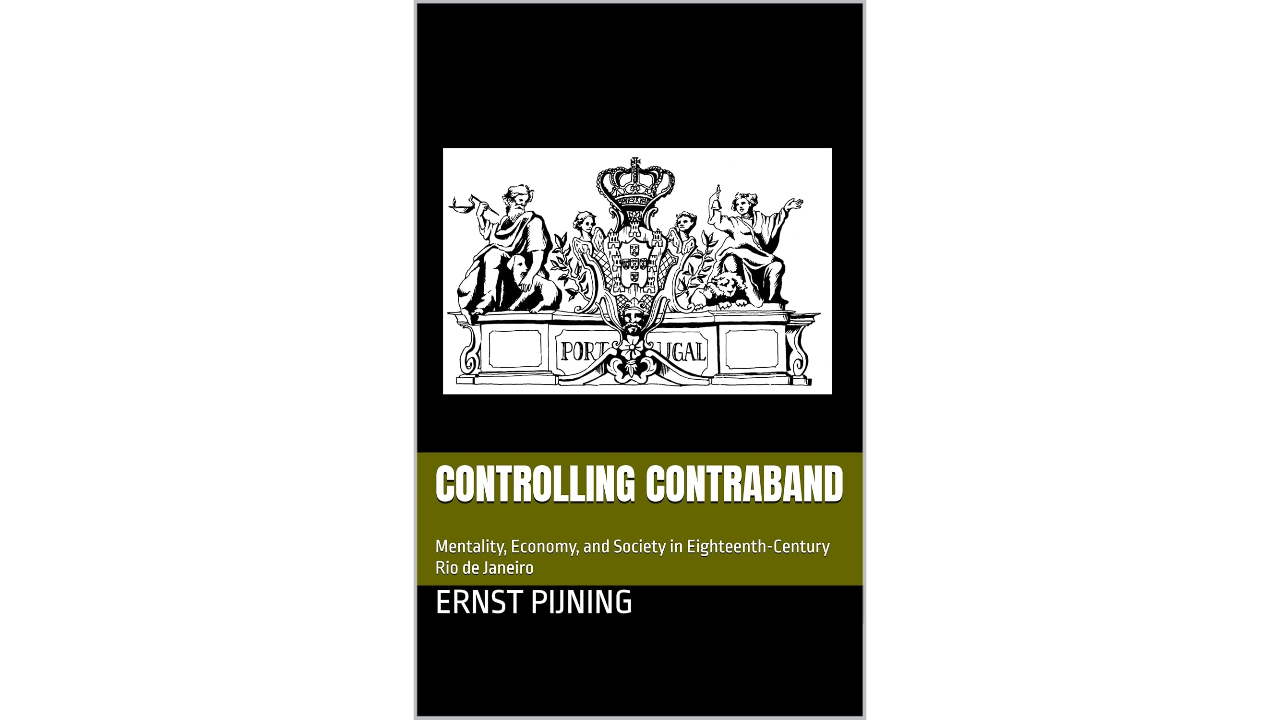By Pasquale Preziosa
South Asia, long considered the epicenter of geopolitical rivalry — particularly between India and Pakistan — is now entering a new era of heightened complexity.
The region’s established fault lines are being reshaped not only by traditional animosities but also by global shifts: the redefinition of United States interests, the tightening China-Pakistan strategic partnership, and India’s relentless pursuit of strategic autonomy.
Compounding these patterns, new regional challenges such as China’s ambitious plan to build the world’s largest hydroelectric dam on the Yarlung Tsangpo River (also known as the Brahmaputra) exert significant pressure on the regional balance.
U.S. Tactics: Transactionalism Over Strategy
U.S. policy in South Asia, once animated by Cold War logic or the post-9/11 “War on Terror,” now appears increasingly reactive, short-term, and transactional. Washington’s retreat from Afghanistan marked the start of this shift, creating both power vacuums and new opportunities for regional actors.
Current U.S. engagement often oscillates unpredictably between India and Pakistan. With India, Washington has issued economic pressure such as tariffs, threats of sanctions, and even mediation suggestions over the disputed Kashmir region while simultaneously calling for closer security and technological cooperation as part of its Indo-Pacific strategy. With Pakistan, U.S. overtures have taken the shape of energy agreements and renewed interest in counter-terrorism collaboration, despite its history of frustration with Islamabad’s policies in Afghanistan.
Such inconsistency has eroded American leverage.
By failing to articulate a coherent, long-term stance, the U.S. has unintentionally widened the maneuvering space for regional powers, who can now recalibrate their alignments and extract greater concessions from an unpredictable Washington.
Russia Re-emerges as Arms Partner
Amidst these shifting dynamics, Russia sees an opening to revitalize its historical defense relationship with India. Demonstrating strategic flexibility, Moscow has reactivated its offer for India to acquire the Su-57E, an advanced stealth fighter jet.
More importantly, Russia is not simply offering an arms sale but is proposing a comprehensive co-production arrangement with substantial technology transfer utilizing Hindustan Aeronautics Limited (HAL)’s manufacturing capabilities in Nasik. To address India’s immediate needs, Russia has also advanced the Su-35 fighter as an interim solution to maintain the Indian Air Force’s operational edge.
This move fits within a wider sphere of technological competition. India is determined to retain freedom of action, refusing to become overly dependent on any single foreign supplier, even as it seeks critical military technologies. This approach enables New Delhi to carefully balance the competing demands and pressures it faces, particularly from the U.S., by retaining options and negotiating from a position of greater autonomy.
China’s Dual Approach: Hydropower as Geopolitical Leverage
China’s role in South Asia is expanding along two major strategic vectors. The most significant development is Beijing’s plan to construct a colossal hydroelectric dam on the Yarlung Tsangpo. This is an upriver structure that will have outsized influence on water flows into the Brahmaputra, which sustains millions in India’s northeast.
While publicly framed as a developmental project to generate energy and combat climate change, the dam is also a potent instrument of silent coercion. By controlling a vital water source—a life artery for agriculture, livelihoods, and population stability in India’s northeast—China can subtly but powerfully influence India’s strategic calculations.
This form of infrastructural coercion complements Beijing’s broader pattern of “calibrated management” of its relationship with New Delhi: constantly testing Indian resolve, creating new dilemmas, and seeking to blunt India’s independent foreign policy by introducing new dependencies.
Turkey’s Aspirations: Neo-Ottoman Influence and Islamic Solidarity
Turkey, drawing from a revived neo-Ottoman ambition and leveraging its entrenched ties with Pakistan, is seeking to carve out a greater role in South Asia. Ankara’s engagement is especially pronounced in the Kashmir conflict which is a fraught issue that has become a rallying point in Turkish calls for Islamic solidarity.
Keen to position itself as an influential “middle power” within the Islamic world, Turkey is deploying both rhetoric and diplomatic capital to gain relevance in the region’s turbulent power games.
Regional Fallout: Middle Powers Seize the Initiative
The Indo-Pakistani-Afghan subregion which is the geographic core of South Asia has now emerged as one of the most unpredictable theaters in global geopolitics. Old alliances are in flux, and new axes are emerging. Fueled by rising nationalism, the breakdown of multilateral forums, and intensifying great power competition, regional states are busy redefining what it means to be a “power” in the 21st century.
India’s pursuit of strategic autonomy is perhaps best exemplified by its hedging between Washington and Moscow. It has deepened defense and technology ties with the U.S. —most visible in initiatives like the Quad — while simultaneously retaining its traditional defense relationship with Russia, mindful of energy, economic, and legacy weapons dependencies.
This balancing act gives India added leverage, as it refuses to be boxed in by any external power’s priorities.
At the same time, Pakistan is working to maximize gains from its “all-weather” friendship with China, while remaining open to selective engagement with the U.S. especially where economic and security assistance is available.
Chinese investment under the CPEC corridor and security ties with Beijing have clearly elevated Pakistan’s clout. However, Islamabad is careful to keep some diplomatic channels with Washington open, hedging against a total strategic dependency on China.
The New Unpredictability: Regional Order in Transition
What emerges is a volatile and interconnected geopolitical chessboard. Great powers compete for influence, while middle and even “small” powers (like Bangladesh, Sri Lanka, and Nepal) are learning to play major actors off each other, extracting material gains or security assurances.
The traditional center of gravity is shifting as new forms of assertiveness and competition such as technological, infrastructural, and narrative factors, reshuffle alliances and animosities.
Ultimately, the future configuration of South Asia’s political order will be written by how adeptly India, Pakistan, China, and ambitious middle powers navigate this disorder.
Their choices, alliances, and responses to mounting pressure will not only determine the regional balance of power but also inform the contours of the broader international order in the years ahead.
South Asia thus stands at a strategic crossroads, serving as both a stage for great power rivalry and a laboratory for new modes of regional diplomacy and competition where the old certainties are gone, and the game remains wide open.
This article is based on the August 4, 2025 article published by the author in Italian in PRP Channel.




